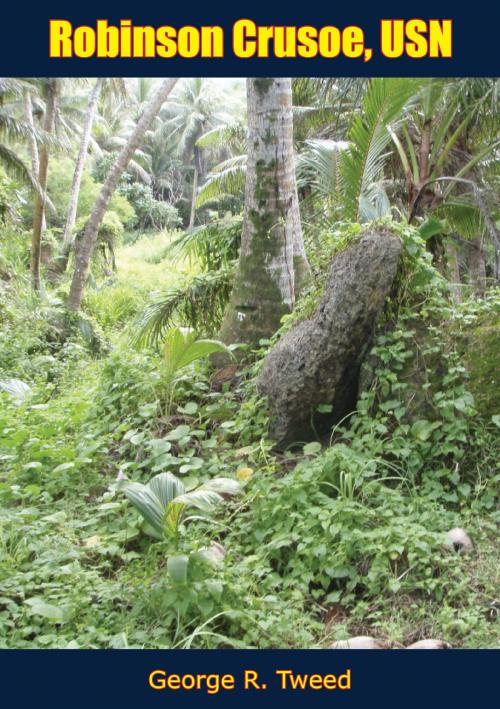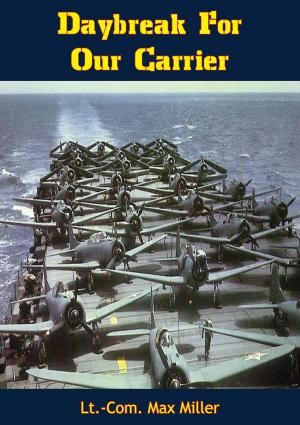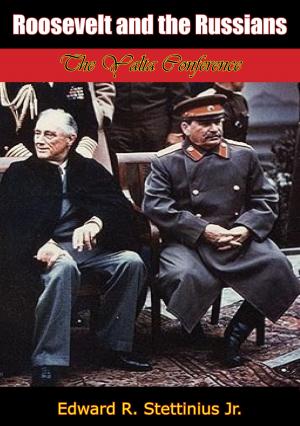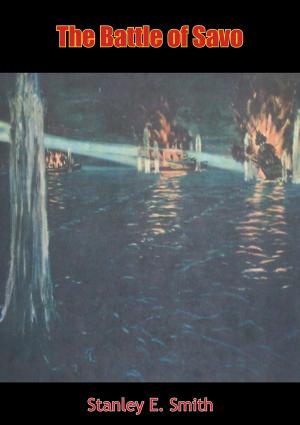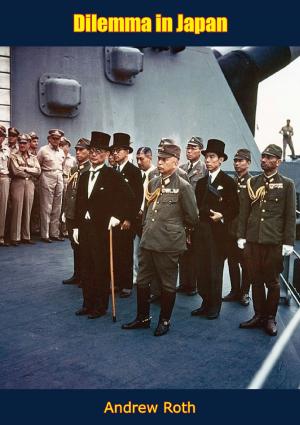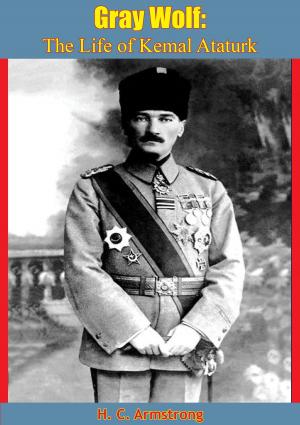Robinson Crusoe, USN
The Adventures of George R. Tweed, RM1C on Japanese-held Guam
Nonfiction, History, Germany, European General, Military, United States| Author: | George R. Tweed | ISBN: | 9781789121131 |
| Publisher: | Eschenburg Press | Publication: | March 12, 2018 |
| Imprint: | Eschenburg Press | Language: | English |
| Author: | George R. Tweed |
| ISBN: | 9781789121131 |
| Publisher: | Eschenburg Press |
| Publication: | March 12, 2018 |
| Imprint: | Eschenburg Press |
| Language: | English |
THE TRUE STORY OF UNITED STATES NAVY RADIOMAN GEORGE TWEED AND HIS 31 MONTHS OF SURVIVAL ON JAPANESE-HELD GUAM DURING WORLD WAR II
“DANIEL DEFOE would have admired George Ray Tweed, the American seaman whose ingenuity and self-reliance have caught the imagination of modern America as Robinson Crusoe’s fascinated eighteenth century England. Defoe’s hero was engaged almost solely in a struggle for survival against nature.
“Crusoe and Tweed were most alike in the genius for contrivance, and Tweed doesn’t suffer from comparison with his famous prototype. To construct his shelter and furniture, Crusoe brought from his ship planks and boards and a complete carpenter’s chest of tools, in addition to two saws, an ax, “an abundance of hatchets,” a hammer, nails and several knives. Tweed built his equipment without benefit of nails, using only a handsaw, a machete, and a pocketknife. He went on to fashion, with crude materials, a lamp, a lantern, and an ingenious alarm system. At one time he had electric lights in a part of the country where not even the best homes enjoyed such luxury. He kept in repair an almost worn-out typewriter, on which he produced a one-page underground newspaper. He tore apart an apparently useless radio, put it together again, and brought in news from a station thousands of miles away.
“Tweed was born with common sense. A roustabout life as lumberman, stevedore, and mechanic gave him self-reliance; hunting expeditions in Oregon and California taught him woodsmanship; the Navy instructed him in the techniques of communication. It was as if all his early life had been preparation for the grueling experience which he alone, of those who fled before the invading Japanese, survived.
“I am glad to be the one to tell Tweed’s story. In all important respects it is related here exactly as he gave it to me.”
THE TRUE STORY OF UNITED STATES NAVY RADIOMAN GEORGE TWEED AND HIS 31 MONTHS OF SURVIVAL ON JAPANESE-HELD GUAM DURING WORLD WAR II
“DANIEL DEFOE would have admired George Ray Tweed, the American seaman whose ingenuity and self-reliance have caught the imagination of modern America as Robinson Crusoe’s fascinated eighteenth century England. Defoe’s hero was engaged almost solely in a struggle for survival against nature.
“Crusoe and Tweed were most alike in the genius for contrivance, and Tweed doesn’t suffer from comparison with his famous prototype. To construct his shelter and furniture, Crusoe brought from his ship planks and boards and a complete carpenter’s chest of tools, in addition to two saws, an ax, “an abundance of hatchets,” a hammer, nails and several knives. Tweed built his equipment without benefit of nails, using only a handsaw, a machete, and a pocketknife. He went on to fashion, with crude materials, a lamp, a lantern, and an ingenious alarm system. At one time he had electric lights in a part of the country where not even the best homes enjoyed such luxury. He kept in repair an almost worn-out typewriter, on which he produced a one-page underground newspaper. He tore apart an apparently useless radio, put it together again, and brought in news from a station thousands of miles away.
“Tweed was born with common sense. A roustabout life as lumberman, stevedore, and mechanic gave him self-reliance; hunting expeditions in Oregon and California taught him woodsmanship; the Navy instructed him in the techniques of communication. It was as if all his early life had been preparation for the grueling experience which he alone, of those who fled before the invading Japanese, survived.
“I am glad to be the one to tell Tweed’s story. In all important respects it is related here exactly as he gave it to me.”
